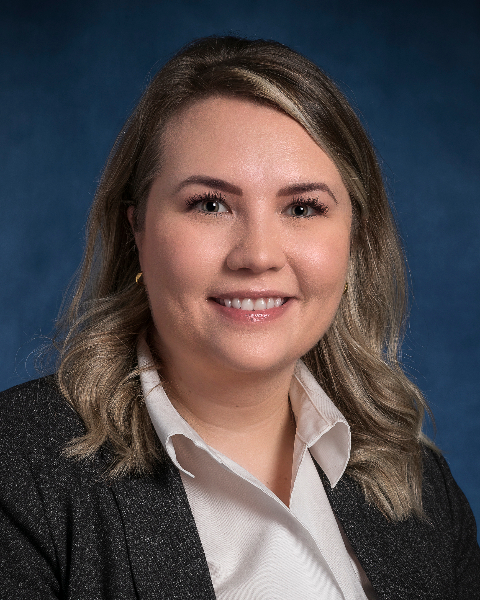Back
(P805) The transplantation of highly sensitized patients across DSA – what is acceptable and how do we decide?
Location: Platinum Ballroom
Poster Presenter(s)
Aim: The management of highly sensitized patients requires extensive work, from initial evaluation and listing in UNet, regular review of routine antibody testing, and deciding which HLA antibodies are safe to cross to give all patients access to transplant. In most cases, all true HLA antibody reactivity cannot be listed as unacceptable antigens (UA) in UNet because it would eliminate almost all donor offers. Careful oversight of UA listing is required to avoid high risk mismatches. However, outcomes data is lacking regarding which donor-specific antibody (DSA) is safe to cross in these patients.
Method: At our center, 38 patients with a UNet CPRA of 100% received a kidney transplant between March 2022 until March 2024; four patients were excluded from this analysis as participants in a clinical trial.
Results: The CPRA values of these patients ranged from 99.51 to 100.00, with a large subset (8/34, 24%) having CPRA values of 99.51 (n=4) and 99.54 (n=4). The mean cumulative CPRA value for high-level antibody reactivity was 59.91 [standard deviation (SD): 35.26], was 85.56 [SD: 23.10] for moderate-level reactivity, and 99.82 [SD: 0.17] for low-level reactivity. The majority of the cohort was female (21/34, 62%) and this was their first transplant (13/21, 62%). In total, 12/34 patients were transplanted across DSA at a negative flow crossmatch level, with 5 patients transplanted across class I only, 4 across class II only, and 3 across combined class I and class II DSA. Table 1 includes details about which DSA was crossed and the mean fluorescent intensity (MFI) value pre-transplant and in the peak sample. The mean MFI of the pre-existing DSA in all post-transplant samples is included, as well as whether new DSA developed after transplant, and the collective MFI value of all DSA at the time of detection. Three patients have developed new DSA to date and because all were within the first month post-transplant (mean time to new DSA = 26 days), this was likely a result of pre-transplant sensitization that was masked by the broad overall reactivity and not true de novo DSA.
Conclusion: All 12 highly-sensitized patients transplanted across low-level DSA maintain short-term graft function. Long-term follow-up of this patient cohort will provide additional data for statistical analyses and provide insight into which pre-existing donor antibody is safe to cross for difficult-to-transplant patients.
Method: At our center, 38 patients with a UNet CPRA of 100% received a kidney transplant between March 2022 until March 2024; four patients were excluded from this analysis as participants in a clinical trial.
Results: The CPRA values of these patients ranged from 99.51 to 100.00, with a large subset (8/34, 24%) having CPRA values of 99.51 (n=4) and 99.54 (n=4). The mean cumulative CPRA value for high-level antibody reactivity was 59.91 [standard deviation (SD): 35.26], was 85.56 [SD: 23.10] for moderate-level reactivity, and 99.82 [SD: 0.17] for low-level reactivity. The majority of the cohort was female (21/34, 62%) and this was their first transplant (13/21, 62%). In total, 12/34 patients were transplanted across DSA at a negative flow crossmatch level, with 5 patients transplanted across class I only, 4 across class II only, and 3 across combined class I and class II DSA. Table 1 includes details about which DSA was crossed and the mean fluorescent intensity (MFI) value pre-transplant and in the peak sample. The mean MFI of the pre-existing DSA in all post-transplant samples is included, as well as whether new DSA developed after transplant, and the collective MFI value of all DSA at the time of detection. Three patients have developed new DSA to date and because all were within the first month post-transplant (mean time to new DSA = 26 days), this was likely a result of pre-transplant sensitization that was masked by the broad overall reactivity and not true de novo DSA.
Conclusion: All 12 highly-sensitized patients transplanted across low-level DSA maintain short-term graft function. Long-term follow-up of this patient cohort will provide additional data for statistical analyses and provide insight into which pre-existing donor antibody is safe to cross for difficult-to-transplant patients.

